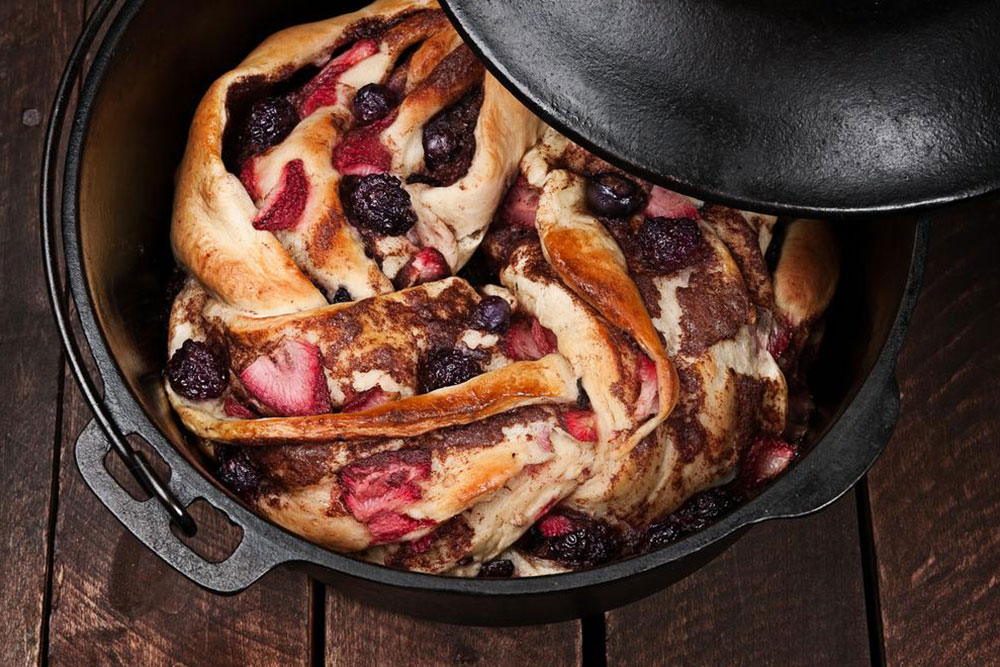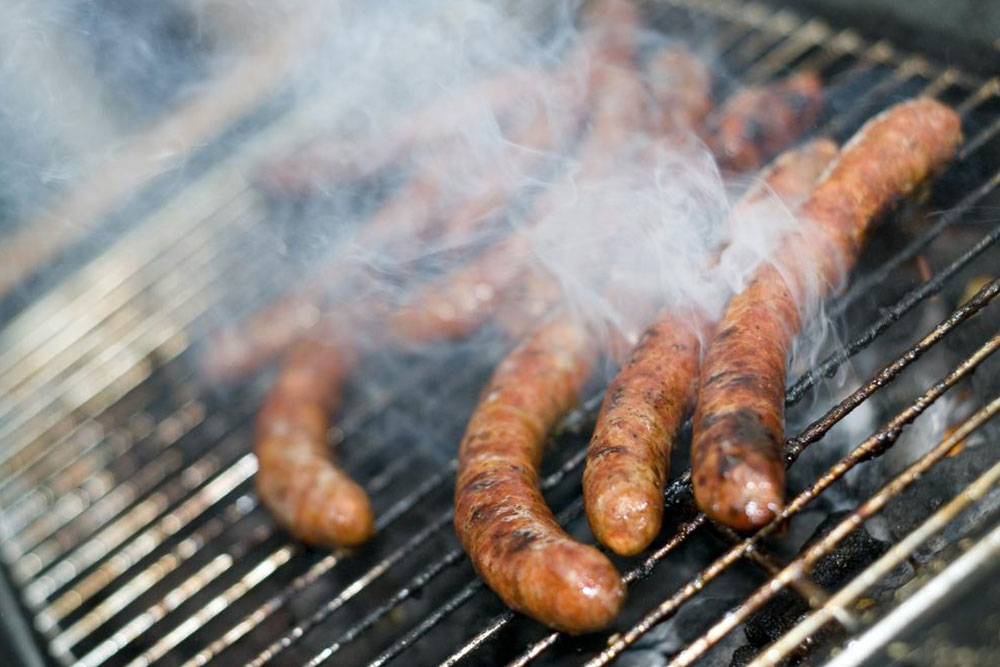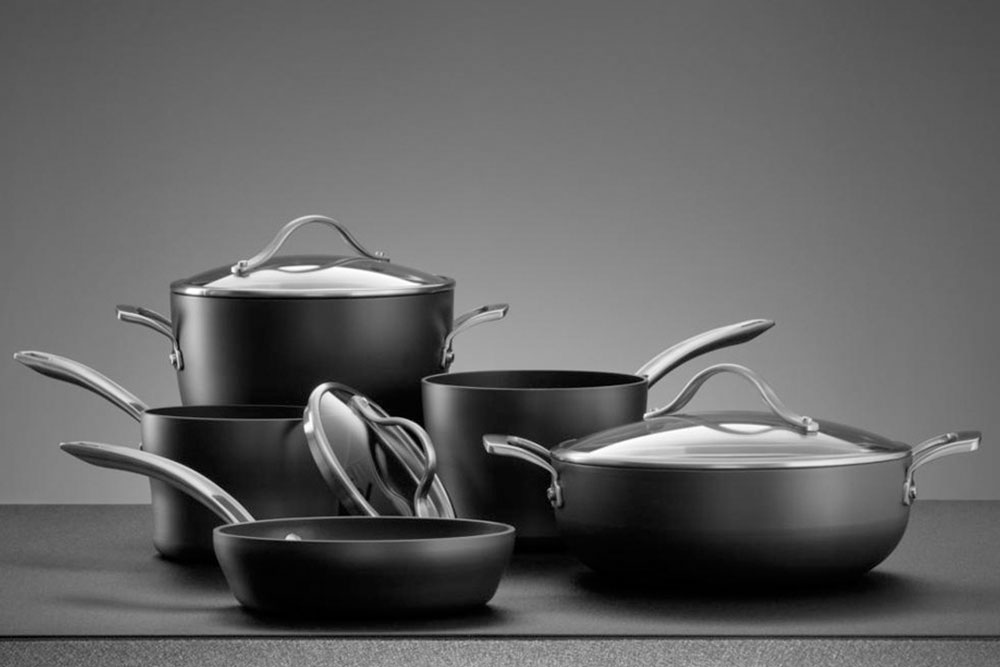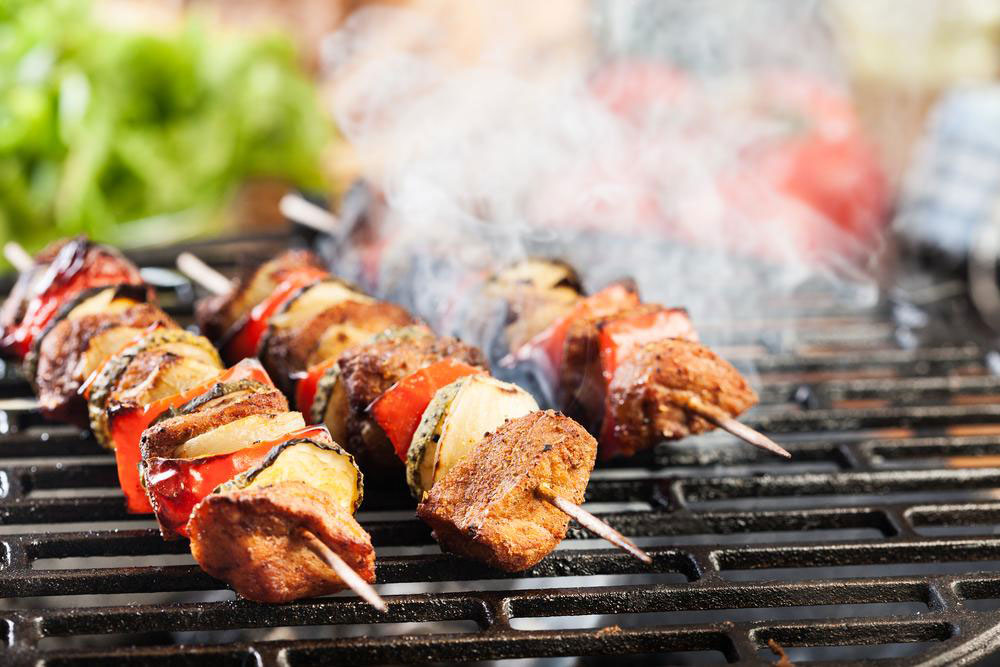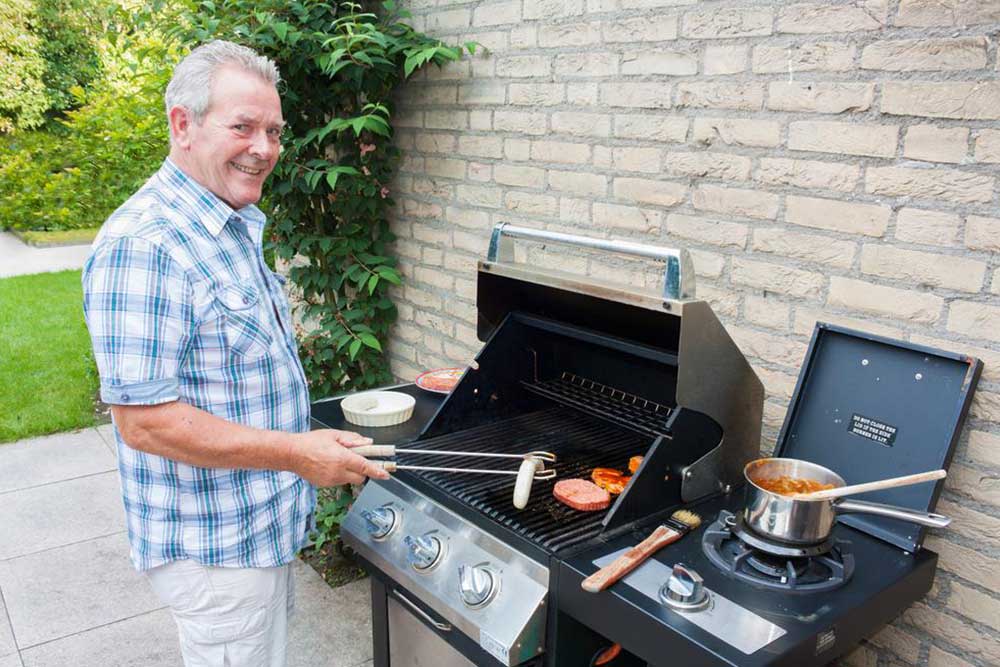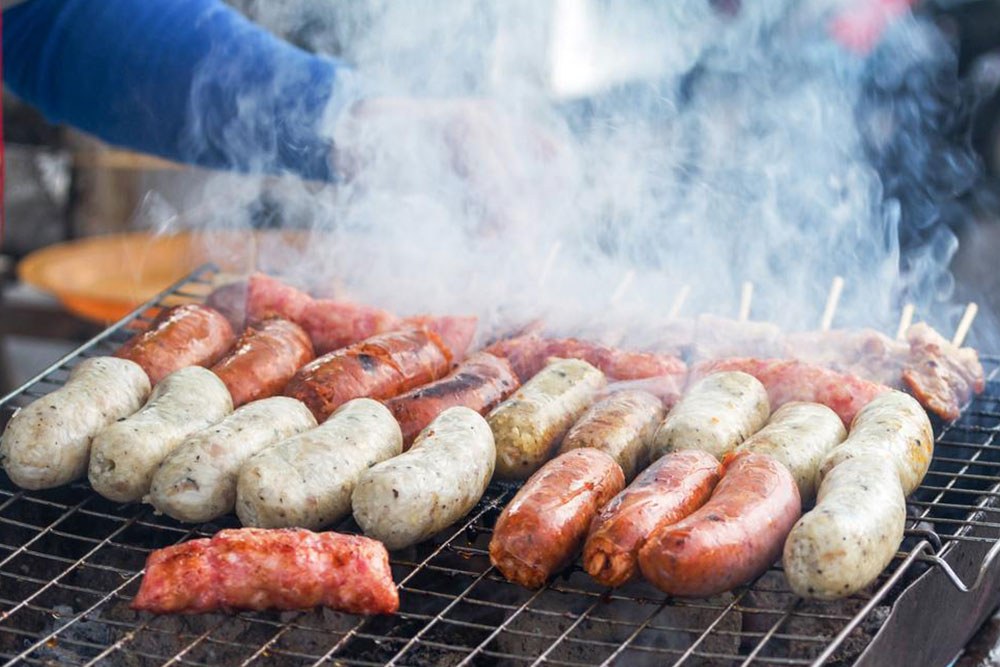Ultimate Guide to Dutch Ovens: Types, Uses, and Care Tips
Discover the diverse types of Dutch ovens, from stainless steel to cast iron, and learn how to utilize and maintain these versatile cookware pieces. Ideal for slow-cooking, baking, outdoor use, and enhancing kitchen decor, Dutch ovens are a timeless addition to any culinary collection. Expert tips ensure longevity and optimal performance, making your cooking experience more enjoyable and efficient.
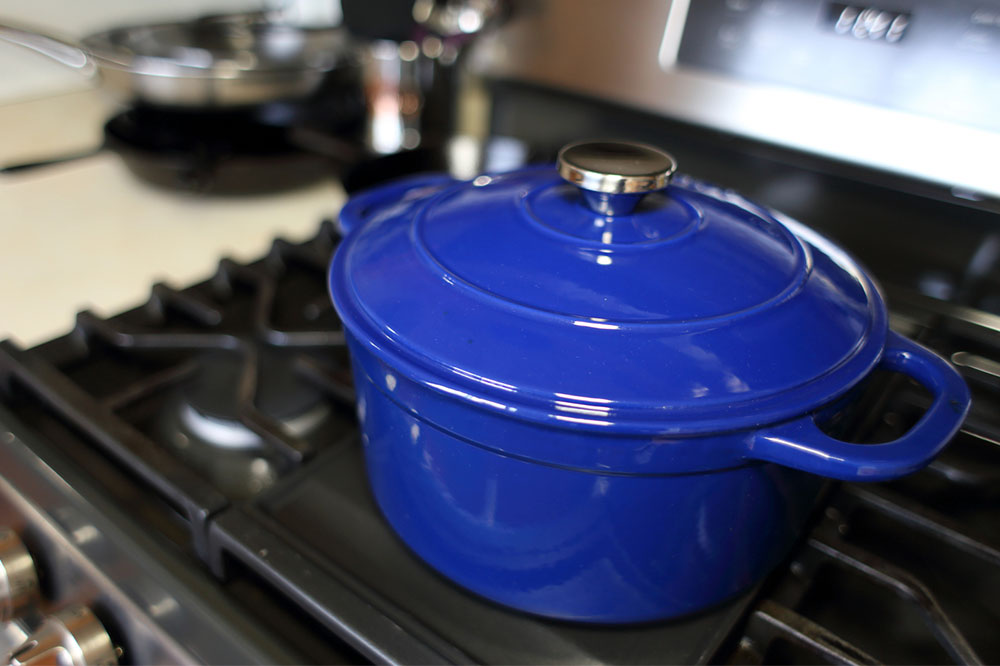
Comprehensive Overview of Dutch Ovens
A Dutch oven is a sturdy, heavy-duty cookware with a lid, perfect for searing vegetables and meats before boiling or pressure cooking. It’s also ideal for preparing soups, boiling pasta, and baking bread. Beyond cooking, Dutch ovens can add vibrant color and style to your kitchen decor, elevating your interior design. With various materials available, choosing the right Dutch oven enhances your culinary experience and kitchen aesthetics.
Varieties of Dutch Ovens
Stainless Steel
Known for durability and straightforward cleaning, stainless steel Dutch ovens often feature a lighter lid, which may not be as tight-fitting. They do not retain heat as effectively, but are suitable for quick cooking tasks.
Ceramic Dutch Ovens
Lightweight and ideal for soups and baking, ceramic Dutch ovens can be used in the oven or on the stovetop. However, they are fragile and can crack or shatter if dropped or exposed to rapid temperature shifts.
Cast Iron Dutch Ovens
Known for excellent heat retention, cast iron Dutch ovens are perfect for slow cooking and frying. They are suitable for outdoor campfire cooking but require proper seasoning and maintenance. Flavors can transfer during cooking, especially with acidic ingredients like tomatoes, so care should be taken. With proper upkeep, they last a lifetime.
Lodge Dutch Ovens
Available in seasoned cast iron and enameled finishes, Lodge Dutch ovens are versatile and oven-safe up to 500°F. Enameled versions have a smooth, colorful surface that prevents sticking, while seasoned cast iron offers excellent heat retention. Both types are durable and add a vibrant touch to kitchens or camping setups.
Practical Uses of a Dutch Oven
Perfect for outdoor adventures, Dutch ovens serve as all-in-one cookware for preparing, serving, and displaying meals. Their thick walls keep food hot, making them ideal for gatherings. They excel in slow braising, frying, and simmering, allowing flavors to develop fully. These versatile pots enable seamless cooking from start to finish, simplifying cleanup.
The cast iron retains heat long after cooking, keeping foods warm on the table. Their excellent heat management makes frying easier and less messy, thanks to steep sides preventing splatter. They’re also great for preparing hearty soups and stews, layering flavors for rich, delicious results.
Caretaking Tips
Proper maintenance extends the life of your Dutch oven. Avoid high heat settings, especially with enameled versions, to prevent damage and preserve warranties. For uncoated cast iron, keep it dry when not in use and avoid abrasive cleaning tools. Seasoning your cast iron enhances its non-stick surface and longevity. Always ensure your Dutch oven is suitable for oven or open flame use before baking bread or cooking over an open fire.
Note:
Our blog offers broad, practical insights across various categories. While we strive for accuracy, information may vary across sources. Use our content as a guide but verify details for your specific needs. The site does not assume responsibility for discrepancies or promotional offers outside our coverage.

